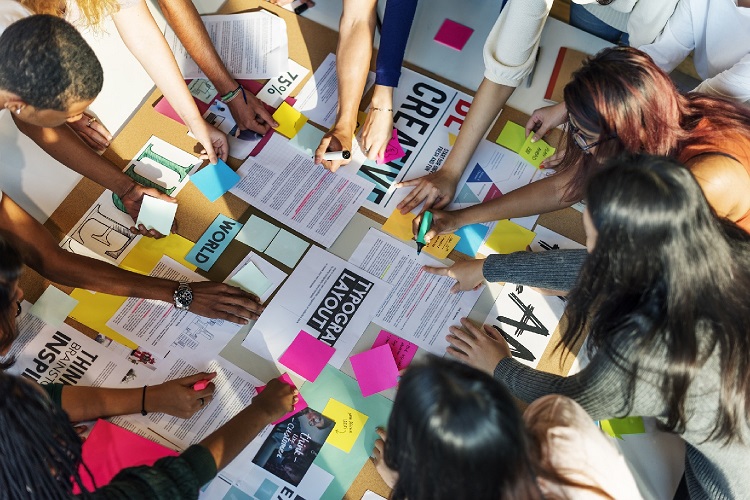The landscape of creativity is undergoing a seismic shift. No longer just the domain of the lone genius, the creative process is increasingly becoming a collaborative effort fueled by artificial intelligence (AI). This isn’t science fiction; it’s happening right now, and businesses stand to gain a significant edge by embracing it.

Creativity is not a fixed trait that some people have and others don’t. It is a skill that can be developed, nurtured, and enhanced with the right tools and techniques. And in the rapidly changing world of 2024, creativity is more important than ever for businesses and individuals alike.
Artificial intelligence (AI) is one of the most powerful tools that can boost creativity and innovation. AI can help us generate new ideas, optimize our workflows, collaborate with others, and reach new audiences. But how can we make the most of AI’s potential and avoid its pitfalls?
SparkLabs, a leading global accelerator and venture capital firm, has conducted a comprehensive data analysis of tens of thousands of creatives across various industries and domains. The analysis revealed some surprising and insightful trends on how AI is transforming the creative process and what strategies are most effective for leveraging AI in 2024.
In this blog post, we will share with you the top five strategies that SparkLabs identified as the most successful and impactful for unlocking creativity with AI.
1. From Soloists to Symphony: Embracing AI for Team Collaboration
While individual adoption of AI tools is a start, the real magic happens when creatives leverage AI within a team setting. Imagine using AI to brainstorm ideas, generate personalized feedback on each other’s work, or optimize project workflows. This collaborative approach fosters efficiency, consistency, and a diversity of ideas that traditional methods often struggle to achieve.
2. Genre-Bending: Borrowing Ideas for Broader Appeal
Forget rigid boundaries. Today’s audiences crave fresh and unexpected experiences. The trend of “genre-bending” involves borrowing mechanics and aesthetics from different genres to create something entirely new. Think of a mobile game with RPG elements or a documentary infused with animation. By identifying opportunities for cross-genre pollination and adapting them to your brand, you can reach new audiences and leave a lasting impression.
3. Game On! Gamifying Non-Gaming Experiences
Gamification, the art of incorporating game mechanics into non-game contexts, is exploding in popularity. Statistics show that gamified ads in non-gaming categories yield significantly higher engagement rates. From adding points and badges to creating challenges and leaderboards, gamification can make any interaction more fun and rewarding, leading to greater user engagement and brand loyalty.
4. Stretching the Canvas: Innovating with Metaplay
Metaplay takes things one step further by blending the real and virtual worlds to create immersive and interactive experiences. Imagine a marketing campaign where customers collect virtual items in an augmented reality app that unlock physical rewards in stores. Metaplay has the potential to forge deeper connections with your audience and build lasting brand memories.
5. Lights, Camera, Action! Captivating the Audience with Connected TV (CTV)
The rise of CTV, with its immersive viewing experience and targeted advertising capabilities, presents a goldmine for creative expression. Expert voices like Jessica Dolan, head of marketing at CTV platform Xumo, highlight the unique advantages of CTV for brand messaging. By crafting captivating stories and leveraging the interactive features of CTV, businesses can forge powerful connections with viewers.
The Takeaway:
Embracing AI in the creative process is no longer a choice, but a necessity for businesses seeking to stay ahead of the curve. SparkLabs’ data-driven insights offer a roadmap for unlocking the potential of AI in your creative endeavors. So, experiment, explore, and get ready to unleash a new wave of creativity fueled by AI!